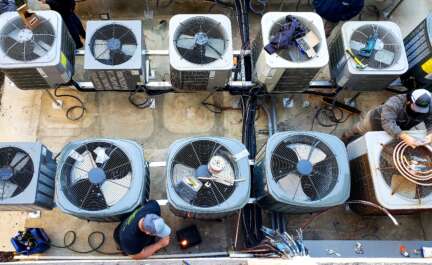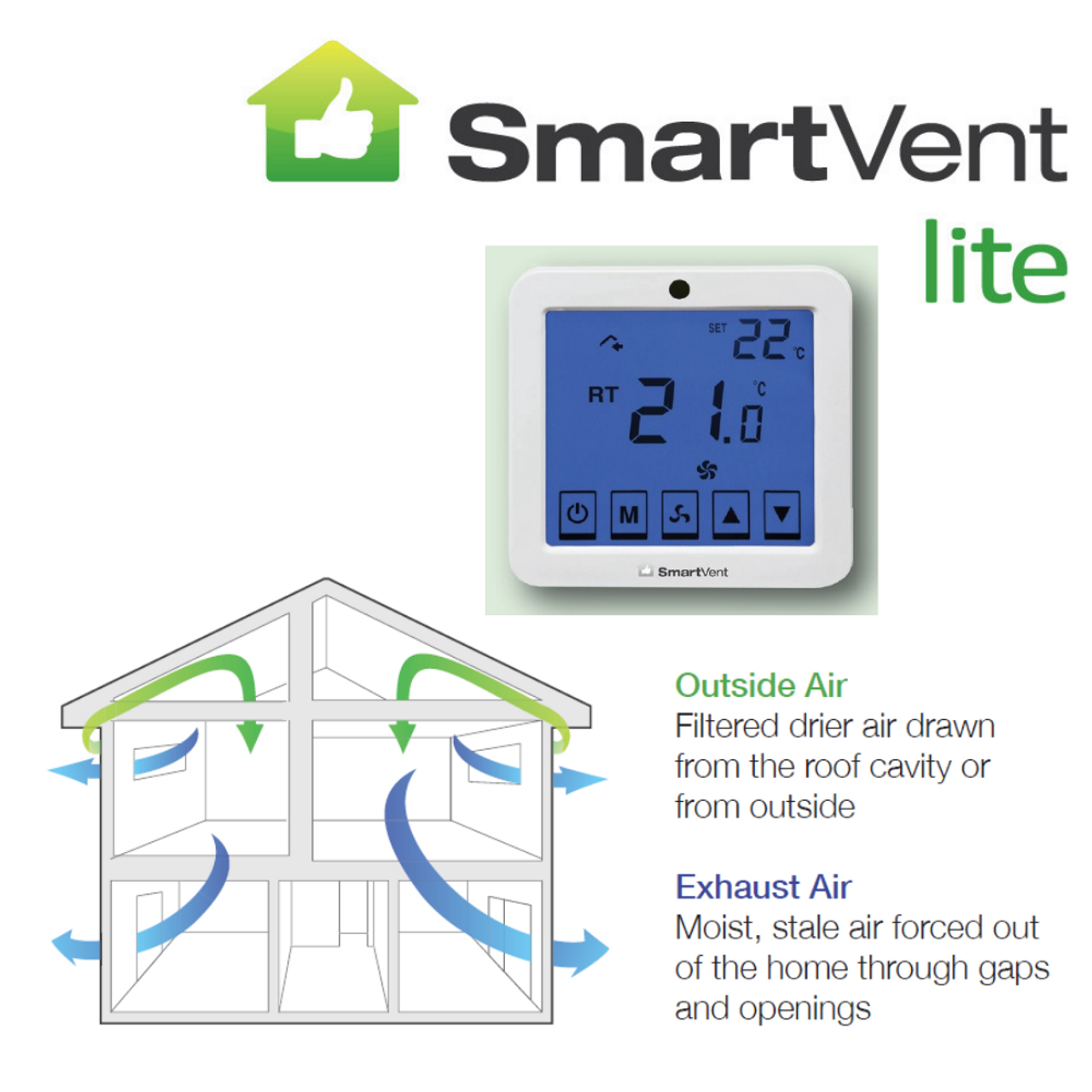Introduction to Smart Ventilation Systems
In Present Era, indoor air quality has become a priority. Traditional ventilation systems, though effective, lack the adaptability and efficiency needed to meet modern demands. That is where Smart Ventilation Systems come into play. These systems use advanced technologies to optimize airflow, monitor air quality, and create a healthier indoor environment.
Smart ventilation systems are made to think and adjust, unlike typical ventilation systems. They automatically respond to real-time conditions, thus making your home or office remain comfortable while wasting as little energy as possible. From controlling humidity, filtering allergens, to improving air circulation, smart ventilation systems are transforming the way we breathe indoors.
Technologies behind smart ventilation systems
Smart ventilation systems integrate cutting-edge technologies to deliver superior performance. Some of the key components include:
1. IoT (Internet of Things) Sensors
These sensors are the backbone of smart ventilation systems. They monitor indoor air quality by detecting pollutants, humidity levels, temperature, and carbon dioxide concentrations. The data collected allows the system to adjust airflow automatically, ensuring optimal air quality.
2. Machine Learning Algorithms
Smart ventilation systems use machine learning to analyze data patterns and predict user needs. For instance, the system can learn when you are most likely to need increased ventilation and adjust settings proactively.
3. Smart Thermostats
Smart thermostats can be integrated with your ventilation system. They will allow you to have control over temperature and airflow. They are connected to your smartphone or home automation system so that you can control everything from anywhere.
4. Energy Recovery Ventilators (ERVs)
Many smart systems use ERVs that capture and reuse energy from exhaust air to precondition incoming fresh air. This is a technology that saves a lot of energy while not affecting air quality.
5. HEPA and Carbon Filters
Advanced filtration in smart ventilation settings ensures that even micro-particles, allergens, and harmful gases are removed with efficiency, so the air becomes healthier to breathe.
Benefits of Smart Ventilation Systems
Upgrading to a smart ventilation system offers myriad benefits beyond improvement of air quality.
1. Quality of Indoor Air
The principal purpose of the smart ventilation system is maintaining clean, healthy air with a consistent flow. These systems clean dust, pollen, and other airborne contaminants to ensure that every individual in your house is well-protected and allergy-free or for people with some form of respiratory conditions.
2. Energy Efficiency
The smart ventilation systems are designed with energy-saving features like automated controls and energy recovery mechanisms. They use only the amount of energy necessary, which will help you save on utility bills and reduce your carbon footprint.
3. Customizable Comfort
These systems allow users to customize settings based on personal preferences. You can control temperature, humidity levels, and airflow intensity through a mobile app or voice commands.
4. Real-Time Monitoring
With the smart system, you get air quality updates in real time so you can respond appropriately. For example, if carbon dioxide levels go up, it will automatically boost the ventilation to have fresh oxygen available.
5. Ease of Integration
Smart ventilation can be integrated into a smart home setting with other devices such as an air purifier, lighting, and security system. This forms a harmonious smart home system.
Types of Smart Ventilation Systems
There are several smart ventilation systems on the market that cater to a specific need.
1. Whole-House Smart Ventilation Systems
These types of systems are installed to take care of an entire building’s air quality. They use ductwork to make sure fresh air spreads evenly across the rooms and work well for larger houses or office settings.
2. Single-Room Smart Ventilation Systems
Single-room systems are compact and easy to install, making them perfect for smaller spaces or specific rooms. They are usually used in bedrooms, living rooms, or home offices where air quality needs to be closely monitored.
3. Demand-Controlled Ventilation (DCV) Systems
DCV systems adjust ventilation based on the number of occupants in a space. These systems use carbon dioxide levels to ensure there is enough air when the room is occupied and save energy when it is not.
4. Hybrid Ventilation Systems
Hybrid systems are a combination of natural ventilation with mechanical components. They use smart technology to decide when to switch between the two modes. Therefore, they can be used in moderate climates for energy efficiency in homes.
Why Smart Ventilation Systems?
Investing in a smart ventilation system is not just about improving comfort—it’s about the health and well-being of everyone in your space. Advanced features, energy efficiency, and real-time adaptability classify these systems as the future of indoor air management.
As we continue to prioritize sustainability and health, smart ventilation systems stand out as a practical solution. They don’t just meet modern standards—they set new ones. Whether you’re upgrading your existing system or building a new home, incorporating smart ventilation technology is a decision that will benefit you for years to come.
FAQ’s
- What is a smart ventilation system?
A smart ventilation system uses advanced technologies to monitor and improve indoor air quality automatically. - How do smart ventilation systems save energy?
They use sensors and energy recovery technologies to optimize airflow, reducing unnecessary energy use. - Can smart ventilation systems improve air quality?
Yes, they filter out pollutants, allergens, and harmful particles, ensuring cleaner and healthier air. - What are the types of smart ventilation systems?
The main types include whole-house systems, single-room systems, demand-controlled ventilation, and hybrid systems. - Are smart ventilation systems easy to control?
Yes, most systems come with mobile apps or smart home integration for easy control and monitoring.




Leave a Comment